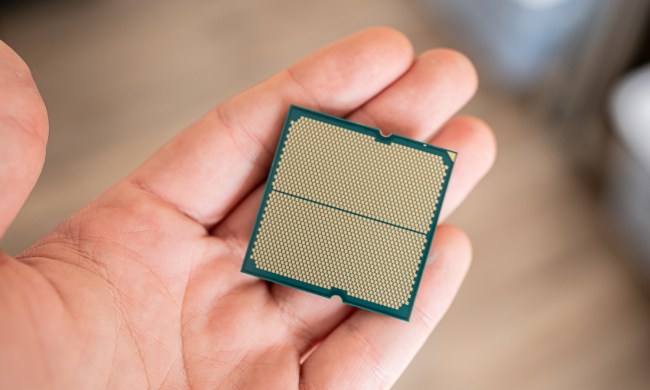- Great scroll wheel
- highly programmable
- value priced.
- Inferior side buttons
- less resolution than more expensive mice.
Summary
We were surprised how much we liked Microsoft’s wireless SideWinder X8 gaming mouse, but let’s face it: $100 is a lot of dough to drop on a rodent. So we’re happy to report that the wired SideWinder X3—which costs less than half as much as it fancier cousin—is nearly as good.
Besides being wired—which isn’t a big drawback in our book, considering that wireless devices have batteries that always seem to need charging—the X3 lacks many of the X8’s chichi features. The X3 relies on an ordinary laser for instance, where the X8 boasts Microsoft’s BlueTrack technology, and while it does feature on-the-fly resolution switching, it lacks the fancy display that informs you of its current setting.

The SideWinder X3 is much smaller than the SideWinder X8, and its shape is entirely different. The X8 is big enough to fill Jolly Green Giant’s hand—provided he’s right-handed, that is. The X3 is shorter, narrower, and perfectly symmetrical in order to fit either hand. Actually, it’s only about 1/4-inch shorter and narrower, but it feels much smaller. But we don’t consider that to be a shortcoming, either; it didn’t fill our hand, but its shape felt very natural in our grip.
Having considerably less mass, the X3 is much easier to move. The top left and right buttons offer just the right amount of resistance, too. The X3’s two wide feet slide much more smoothly over a premium mousing surface than the X8’s four tiny feet. But where the X3’s BlueTrack sensor will operate on nearly any surface—including carpet—the X3’s more ordinary laser requires a relatively uniform surface.
The X8’s stacked side thumb buttons are also superior to the X3’s left and right thumb buttons, although the former design rules out left-handed gaming. Both mice utilize the same IntelliPoint software, which has drop-down menus that make it easy to assign commands to each button. You can also record program-specific macros that will automatically change each button’s behavior when that program is launched, so that the scroll-wheel button can perform an auto-scroll function while you’re web browsing, but switch weapons when you’re playing a first-person shooter.

Like the X8, the SideWinder X3 has five programmable action buttons: top left and right, side left and right, and a button on the scroll wheel. The rubber scroll wheel, we should point out, offers a grip that’s far superior to the slippery metal wheel you’ll find on the more expensive model. On the other hand, the cheaper mouse’s wheel doesn’t have a tilt function for lateral scrolling. Three buttons behind the scroll wheel allow you to switch sensitivity settings on the fly, and this is another area in which the SideWinder X3 is inferior—if only slightly—to the SideWinder X8: On this model, you can program the three presets with a range of 200 to 2,000 dpi, compared to the X8’s programmable choices of 250 to 4,000 dpi.
If you can swing the budget, the SideWinder X8 has a few features that render it superior to the SideWinder X3. But to be frank, the cheaper mouse is a rock-solid value with a vastly superior scroll wheel, which should make it appeal considerably to bargain shoppers.
Pros:
- Ergonomic design
- Programmable
- Great scroll wheel
- On-the-fly resolution switching
Cons:
- No tilt wheel
- Ambidextrous design
- Lower resolution than high-end mice



